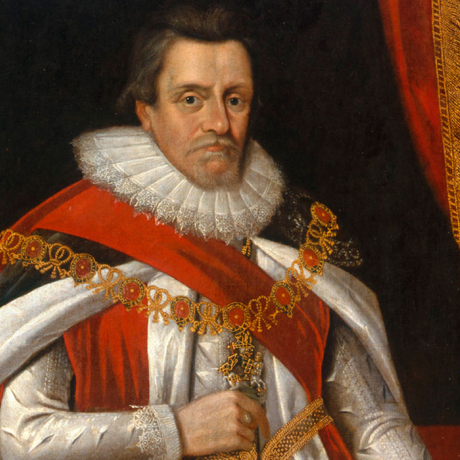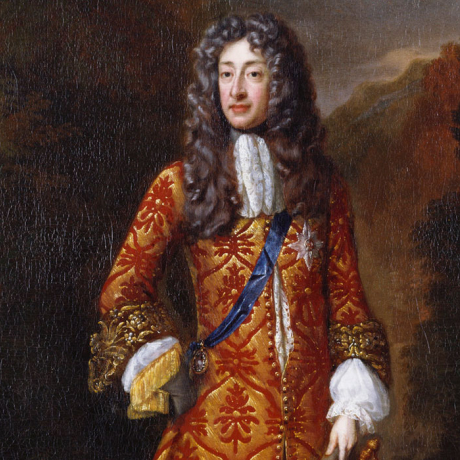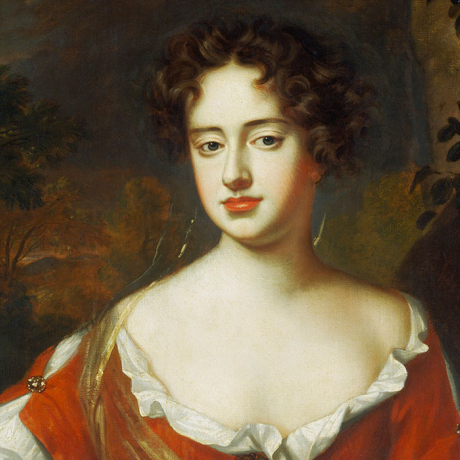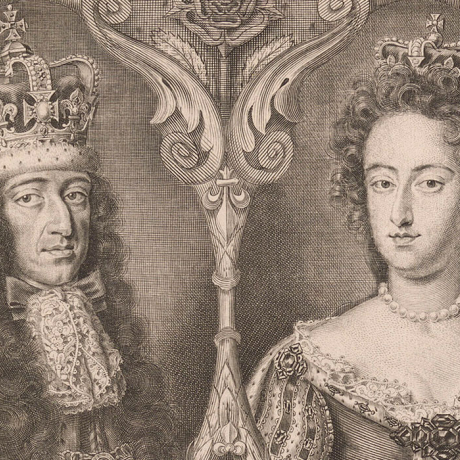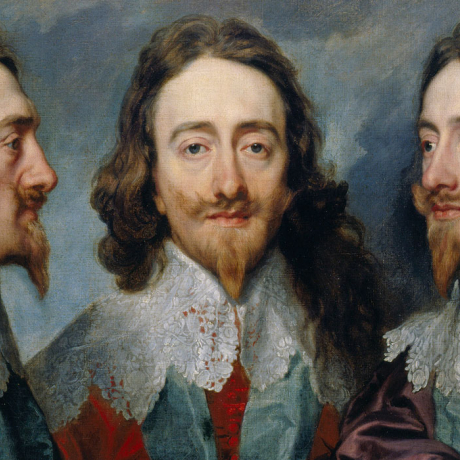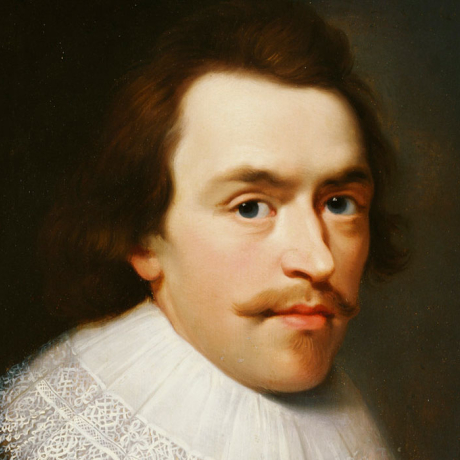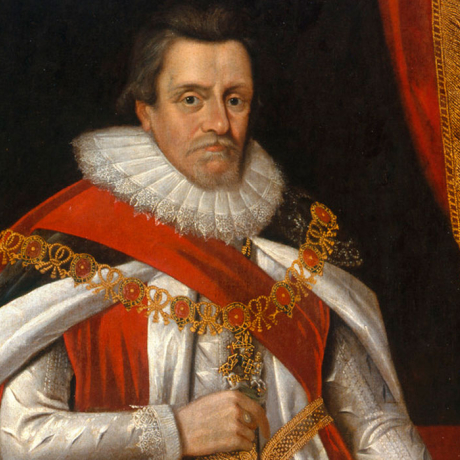An able theologian, James ordered a new translation of the Bible which became known as the Authorised King James's Version of the Bible.
James himself was fairly tolerant in terms of religious faith, but the Gunpowder Plot (an attempt by Guy Fawkes and other Roman Catholic conspirators to blow up the Houses of Parliament) in 1605 resulted in the reimposition of strict penalties on Roman Catholics.
As an arts patron, James employed the architect Inigo Jones to build the present Banqueting House in Whitehall, and drama in particular flourished at his court.
Although he believed that kings took their authority from God, James accepted that his actions were subject to the law. Unable, like many of his predecessors, to put royal finances on a sound footing, James was often in dispute with his Parliaments.
A proposed 'Great Contract' (1610), under which Parliament would provide a regular income to the Crown to meet government costs and maintain the navy and army, in exchange for modifying the monarch's fundraising, came to nothing. The Addled Parliament of 1614 lasted eight weeks.
The outbreak of the Thirty Years War 1618-48 in Europe spread, and financial pressures forced James in 1621 to summon Parliament, but when the House of Commons tried to debate wider aspects of foreign policy and asserted their right to discuss any subject, James dissolved it.
A further Parliament, summoned in 1624, failed to resolve foreign policy questions. On James's death in 1625, the kingdom was on the edge of war with Spain. James was succeeded by his son, Charles I.

